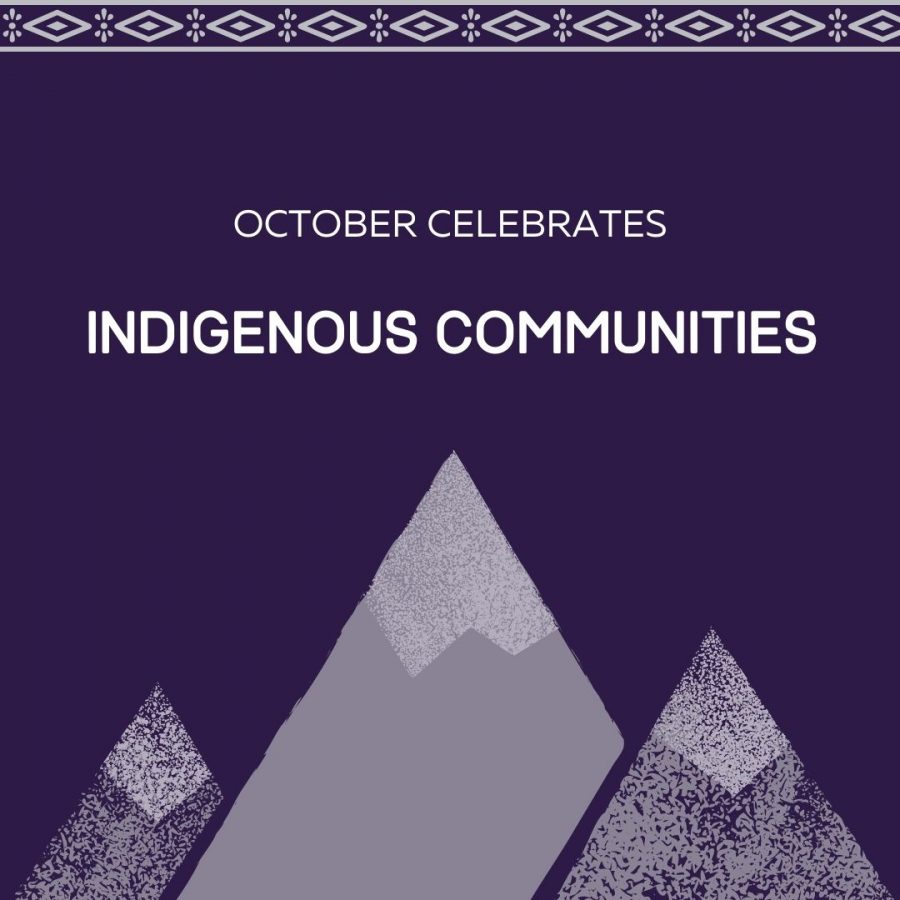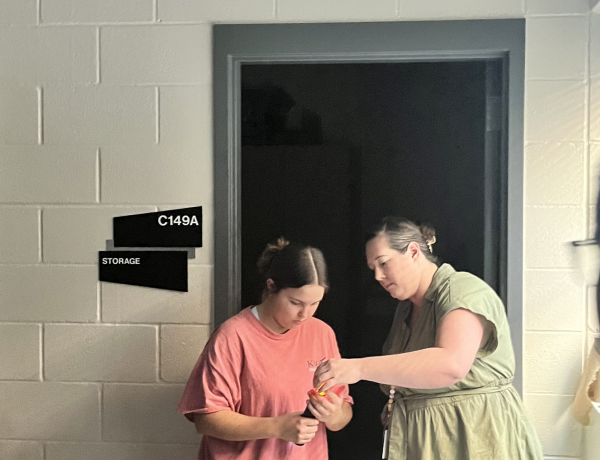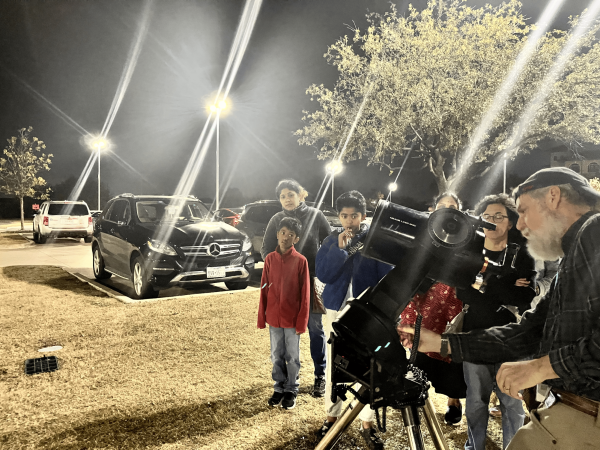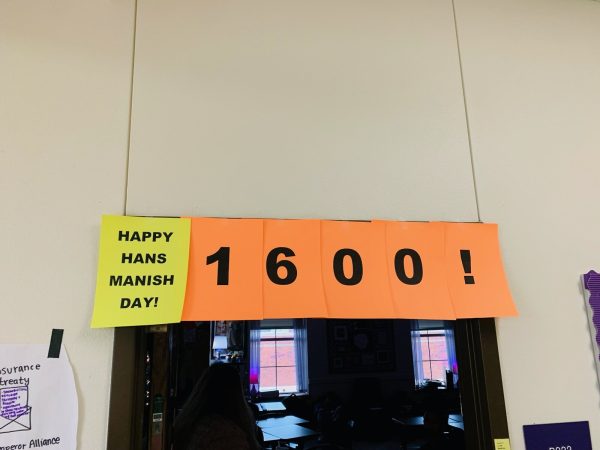October marks celebration of Indigenous communities
Within the Native American Community, the nationwide recognition of Columbus Day has been an annual reminder of the mistreatment they received after the arrival of Christopher Columbus and the Europeans in 1492. Over the last few decades, things have changed, with cities and states across America celebrating Indigenous Peoples Day, and other Native American holidays in October. The month of October recognizes Native Americans for their accomplishments and contributions to society, while also acknowledging that Native Americans had established societies in America far earlier than the arrival of the Europeans.
The concept of Indigenous Peoples Day was first mentioned in 1997 at a United Nations international conference on discrimination. In 1989, South Dakota became the first state to recognize it. Currently, 14 U.S. states and more than 130 cities across America officially celebrate Indigenous People’s Day each year during the month of October.
Prior to the arrival of the Europeans, the Native American people were living peacefully, creating their own medicines and inventions that made their lives more efficient. They domesticated a variety of plants and animals, including corn, beans, squash, potatoes, turkeys, llamas, and alpacas. The first Europeans that arrived in America had never seen these types of healing methods and food production, sparking interest and curiosity in the native people’s culture.
Creations and artwork such as weaving baskets, pottery, and natural remedies for sickness and injury were traditional to their society as well. Indigenous People also specialized in making weapons such as spears and tomahawks to protect themselves from belligerent groups, including the Europeans.
Native American people have also created a society with a unique and distinctive culture. Traditional Native American music includes drumming, flutes, and whistles made of numerous types of wood. Certain Native American tribes have also created learning programs to help spread and preserve their tribal language for the younger generation.
Native American-owned businesses have also been flourishing in areas such as fashion and home goods. For example, SheNative, founded by Devon Fiddler, is a baggage company based in Saskatoon, Canada. The company’s purses and bags include fringe and feather attachments inspired by traditional Native American customs for dress and style. Eighth Generation, another Native American-owned business founded by Noosak artist Louie Gong, produces and sells home goods such as blankets, accessories, fine art, and wool blankets that are all one hundred percent Native American designed.
There are also numerous Indigenous creators to follow on social media. James Jones, who has over 3.3 million followers on TikTok, created his platform by posting traditional Native American dances and educational videos. Another creator, Tia Wood, has over 2.3 million followers on TikTok and produces comedic, educational, and music-related videos, inspired by her Native American culture and traditions.
While the formal recognition of Indigenous Peoples Day continues to expand, many states are also celebrating similar holidays. Both Wisconsin and South Dakota celebrate Native American Day on the second Monday of October, while California and Nevada celebrate the holiday on the fourth Friday of September.
Also significant to the topic of Indigenous people is recognizing the land that you live on. Research the history of your land, and the influence that Native Americans had in areas such as agriculture, cuisine, language, and government. There are many other ways to learn more about Native American history, such as reading Indigenous literature, attending an event hosted by Native American people, or watching traditional Native American movies with an accurate cultural portrayal.






